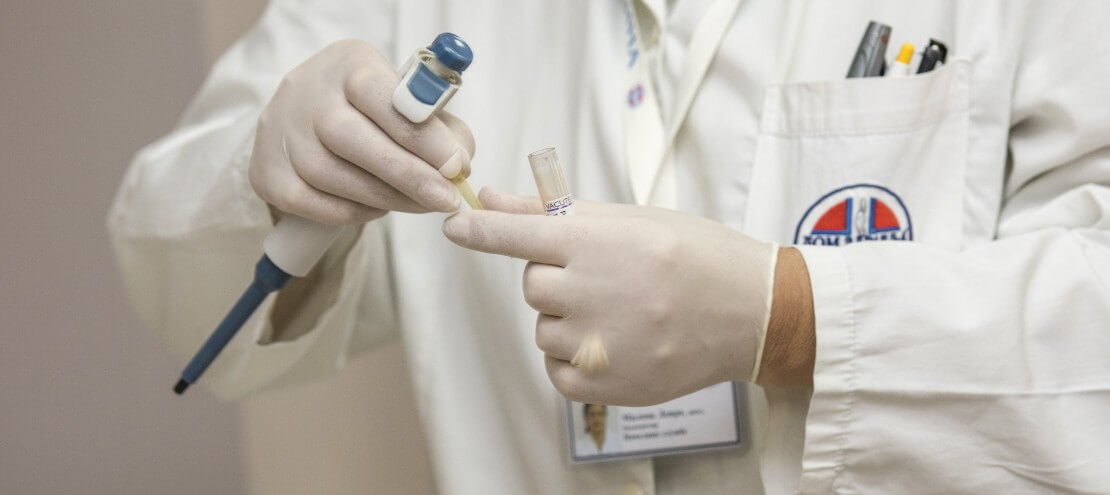
Human beings are naturally crawling with bacteria. Our very existence depends on it. Many day-to-day functions – like keeping our skin from constant infection, for example, rely on friendly bacteria. But, as anyone who’s had bronchitis, strep throat, a sinus infection or any of the plethora of nasty consequences of bacterial infections can tell you, there are also bacteria that are better off dead.
For most of these, we have antibiotics. While they’re not exactly the SWAT team of medicine – they often take out the good with the bad – they usually get the job done.
From the bacteria’s perspective: they’ve found a nice warm mammal in which to reproduce. The environment mounts a few attacks against them (think: fever, puking, snotty nose), but they manage to persevere, and within about 24-48 hours (a lifetime for some bacteria) they settle down in a nice cell, reproduce, raise their children, watch their grandchildren evolve – and then the apocalypse strikes.
It’s an arms race
When everything works as we plan, antibiotics devastate bacterial populations, kill every last one, and you get better. When it doesn’t, the survivors of the attack are left to reproduce and pass on their superior genetics, and the infection comes back, bigger and badder.
As for any living thing, it’s all about survival, and what doesn’t kill them makes them much, much stronger.
Probably the best-known example of this is methicillin-resistant staphylococcus aureus (MRSA). When penicillin first came onto the scene, one of the things it was used to treat was staph infections. Eventually, the staph bacteria evolved to become resistant to penicillin. In response, humans developed methicillin and were able to kill staph off again. This time, however, the staph bacteria really stepped up their game, and some strains evolved into MRSA.
MRSA infects over 94,000 Americans each year and kills almost 19,000. As of 2016, we still have some really big guns – intravenous super antibiotics – that we can use to take out MRSA, but it’s developing resistance to that as we speak.
We reached a new low recently in this war when an Arizona woman presented with carbapenem-resistant enterobacteriaceae (CRE) – the biggest and the baddest of the superbugs – and was told there was nothing doctors could do for her. CRE is resistant to every single one of the 26 antibiotics used in the United States. The woman died shortly after being diagnosed.
This is bad news.
Hope for humans from our past selves
The more common antibiotic resistance becomes, the closer bacteria get to revenge-killing the entire human race. But thankfully, Christina Lee, a professor of Viking studies at the University of Nottingham, knows how to read Old English and has access to 9th Century medical texts.
The Anglo-Saxons are not exactly known for their medical prowess. Typically, we hear about their penchant for liberally prescribing mercury. But Professor Lee realized that when it came to infections, they might have been on to something. She found an ancient potion for the treatment of eye infections, described in Bald’s Leechbook, one of the oldest medical textbooks. It calls for a brass cauldron, a few different species of garlic and onions, wine and bile from a cow’s stomach. The brew is marinated for nine days, strained and then applied to the infection with a feather.
Here’s the kicker – it actually works.
Scientists first tested this on MRSA. They applied this oddly spiced wine to MRSA-infected wounds on mice, and when they checked back after a day, they found the bacteria either dead or rendered innocuous. In a cross-check, they found that it wasn’t any one ingredient that worked against the bacteria – it was the whole concoction that did the trick.
It seems that while MRSA was busy evolving a resistance to modern antibiotics, it lost its ability to fend off old ones. More research is needed before human trials begin, but the idea of asking the ancients for a bit of help is promising.
Building up the arsenal
While scientists are hard at work finding new (or really old) antibiotics to stay ahead of bacteria, doctors and legislators are doing other work to help slow the evolution. For doctors, this includes measures like cutting back on antibiotic prescriptions, urging patients to take their entire prescribed doses and better educating their patients about how to treat bacterial infections versus viral ones. On the legislative front, the FDA is working with farmers to strike a balance between keeping livestock healthy and keeping unnecessary antibiotics out of our food and out of the environment.
Our battle with bacteria is as old as we are, and one we’re going to have to fight for the foreseeable future, but it’s also one we’re getting better at, which is good because our survival depends on it.